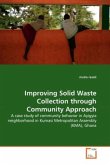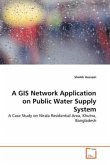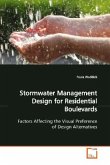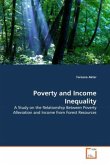Foreclosures have been recognized as a significant issue in the United States since the late 1990s and have become more severe during the economic recession between 2007-2009. Foreclosures impose great impact on people and communities. In neighborhoods concentrated with foreclosures property value decreased, housing vacancy increased, and the overall quality of life was threatened. Preventive and mitigation policies have targeted communities in distress but none of the current studies systematically investigated how neighborhoods and foreclosures are linked to each other in a long run. This study uses various data to explore how foreclosures contribute to neighborhood change in the subsequent ten years, and how neighborhood characteristics contribute to the concentration of foreclosures. This research also uses cutting edge quantitative methods, such as Seemingly Unrelated Regression (SUR) and spatial autocorrelation and regression, to analyze how foreclosures and neighborhoods interact with each other. This research starts a thorough discussion about foreclosures and communities, and provides alternative methodology especially useful for Urban Planning and Sociology researchers.
Bitte wählen Sie Ihr Anliegen aus.
Rechnungen
Retourenschein anfordern
Bestellstatus
Storno








